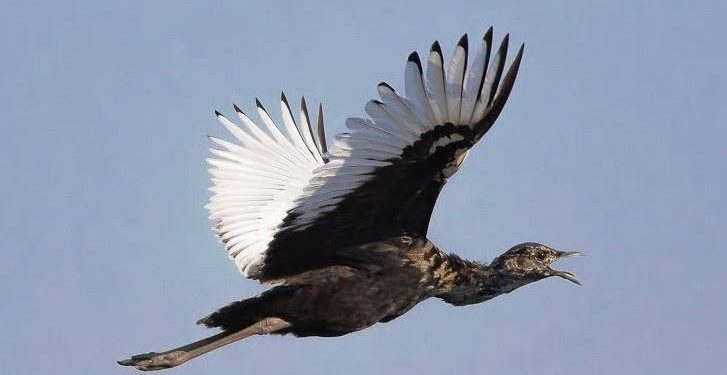New Delhi: One in five migratory species is threatened with extinction and 44 per cent have a decreasing population trend, according to the United Nations’ first ‘State of the World’s Migratory Species’ report released Monday.
The situation is far worse in aquatic ecosystems, with 97 per cent of the migratory fish listed for protection under the Convention on Migratory Species (CMS) at risk of extinction.
Established in 1979, the CMS focuses on bringing countries and stakeholders together to agree on the actions needed to ensure that migratory species survive and thrive.
According to the report, 82 per cent of the species listed under Appendix I of the convention are threatened with extinction and 76 per cent have a declining population trend.
Eighteen per cent of Appendix II species are globally threatened, with almost half (42 per cent) showing decreasing population trends.
The convention’s Appendix I lists migratory species which are endangered.
Appendix II lists migratory species “which have an unfavourable conservation status and require international agreements for their conservation and management”.
The report also identifies 399 globally threatened and near-threatened migratory species (mainly birds and fish) that are not yet listed in the CMS Appendices that may benefit from international protection.
According to CMS Executive Secretary Amy Fraenkel, overexploitation (hunting and fishing, both targeted and incidental) emerges as the greatest threat for many migratory species, surpassing habitat loss and fragmentation.
The report said the habitat fragmentation resulting from dams is currently greatest in East Asia, Europe, the Indian sub-continent, North America, and Southern Africa.
By-catch of non-target species in fisheries is a leading cause of mortality of many CMS-listed marine species.
Other key threats to migratory species include pollution (including light and noise pollution), climate change, and invasive species.
Inger Anderson, the Executive Director of the United Nations’ Environment Programme, said the report is a significant step forward in the development of a conservation roadmap for migratory species.
“Given the precarious situation of many of these animals, and their critical role for healthy and well-functioning ecosystems, we must not miss this chance to act – starting now by urgently implementing the recommendations set out in this report,” she said.
Action under the Convention is crucial for achieving the global commitments set out in the Kunming-Montreal Global Biodiversity Framework, including commitments to restore and establish well-connected networks of protected areas, halt human-induced extinctions, and to ensure that any taking of wild species is sustainable, safe, and legal.
PTI







































